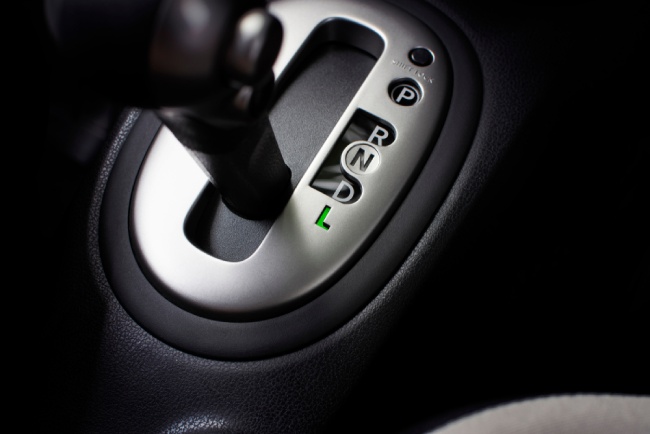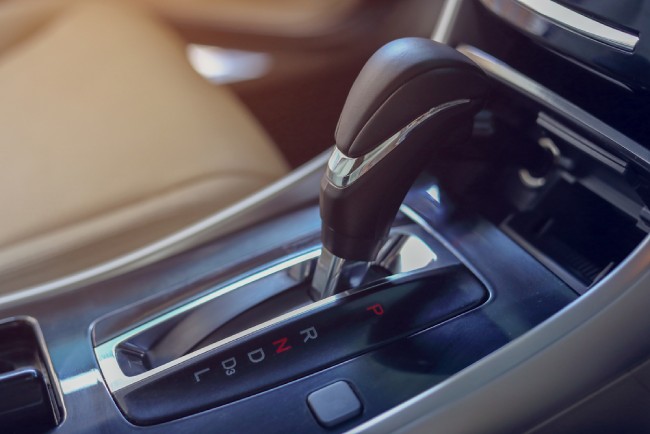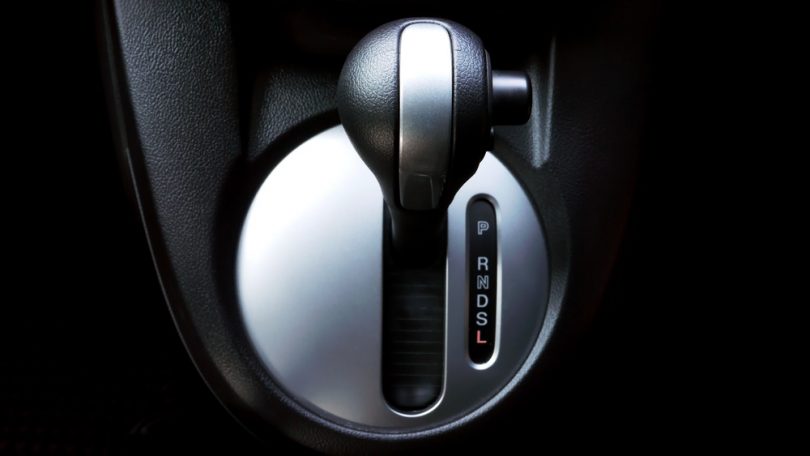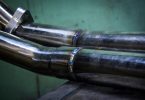Those who drive cars with automatic transmissions usually are familiar with the letter “P, R, N, D, and L” on their automatic transmissions. The “P, R, N, and D” gears are used most frequently and many drivers almost never use the “L” Mode.
Today we’re going to learn all about the L – Mode. Today, I’ll answer all the questions that pop into your mind when you see the letter “L” on your gearbox.
What Does L Mean on a Car?

The letter “L” refers to the “Low Gear.” Before you start laughing at the PRNDL joke, let’s learn what this low gear mode actually works and how you can use this mode to your advantage.
We start our cars and gradually increase the speed and gears, right? The “L gear” stops that from happening. The “L gear” locks the transmission in low gear settings while increasing the amount of torque.
In manual cars, you have control over the gear-shifting. You are in charge and you can change the gears depending on different scenarios. In automatic transmission cars, the transmission will upshift gears automatically as you increase the speed.
However, the automatic transmission doesn’t give you much control over the torque your engine is producing.
So, does it mean we automatic drivers can’t have control over our car?
Of course not. This is where the “L” Mode/Gear comes in. It stops the gear from automatically upshifting and instead provides the largest amount of torque possible in that particular gear setting.
Want to know how this happens and when you should use the “L-mode”? Let’s dive a bit deeper.
What’s with the Transmission?
To understand how the “L-mode” works, we need a basic understanding of how your automatic transmission system and the gear shifter work. Here goes:
As you already know, there are around 5-6 gear settings in an automatic transmission. They are named “P, R, N, D, L, and sometimes S”. Each of them serves a different purpose and we’re going through each of them to give you a better understanding of what they do and how.
How Automatic Transmissions Work

In an automatic transmission car, as you start driving, the gears will upshift automatically starting from gear one all the way up to gear 10, depending on how many gears your car has.
Manual transmission cars require your active effort to change gears whereas the automatic transmission does the job for you. However, you’ll still be able to change gears manually.
This is what’s happening inside your car’s gearbox as you change the gears:
All of the speed gears fit nicely inside the “D-mode” of your automatic car, except that you won’t need to change the gears manually. There are other modes in your gear shifter as well. They are marked with the letters P, R, N, D, and L. Let’s get to know them a bit better.
What’s in your gearbox?
In most automatic cars, the gear shifter is marked with the letters P, R, N, D, and L. Each of the letters represents a different driving mode. Here’s what they actually mean:
| Mode Name | What it means | Speciality/function |
| P- Mode | Parking gear | Keeps the car from rolling on its own while parking |
| R-Mode | Reverse gear | Helps the car to move backward with limited speed |
| N-Mode | Neutral gear | Stops the acceleration but doesn’t restrict the movement |
| D-Mode | Driving gear | The car accelerates at different speeds, depending on the gear. |
| L-Mode | Low gear | Stops the acceleration but provides more torque |
| S-Mode | Sports gear | Allows the gears to shift slower to provide a sporty feel |
What’s the “L” for?
As I’ve previously mentioned, the “L” stands for low gear. In some cars, the L-mode will keep your car locked in the lowest gear whereas, in other cars, it will keep the car at the lower gears for a long time.
This is especially useful when you’re carrying a heavy load and you need some extra torque and horsepower to safely pull that load at a slower speed. This is what the L-mode is designed for. The mode almost works like a speed limiter.
In some modern cars, the L-mode also comes with different settings. For example, a “3” setting will limit the transmission within the third gear. What that means is that your car won’t be able to shift beyond the 3rd gear.
How to use the L – gear?
To use the low gear, you just have to reduce speed. The automatic transmission will automatically put your car on the L-mode. However, you can also use it by manual shifting.
One thing is worth mentioning here. And that is cars from different manufacturers will have slightly different functionalities and as a result, the L-mode will accomplish different things depending on your car’s model and manufacturer.
That’s why it’s really important that you go through your user manual with great attention and find out what the L-mode does in your particular car.
When to Use the L-Gear?

You can’t just use the L-mode anywhere. The L-mode is designed to give you more control over your ride but it isn’t the best mode for all-around driving. Most cars will automatically shift to the L-mode when you decrease the speed.
However, there are a couple of scenarios where you might want to shift to the L-mode manually. Let’s explore the cases where the L-mode offers a helping hand with additional torque and limited speed.
Towing
The L-mode offers additional power for pushing and pulling. That’s why it’s particularly useful when you are towing a heavy load or have heavy items in your car. The mode will make the towing easier with the additional torque, and reduce stress on your engine.
However, it’s really important to go through the instructions in your user manual to know the capabilities and limitations of the L-mode in your particular car.
In the snow
Controlling your car is particularly challenging when you drive in snow. Most commonly, vehicles fail to maintain a strong grip on the road and end up spinning out of control. The L-mode can also help you in such conditions.
The L-mode will allow you to maintain a low speed and give you additional control power so that you can drive your car on a snowy day and reach your destination safely.
Steep roads
Driving on the steep roads of a hilly area can be a bit tricky, especially if you’re towing something heavy. The L-mode will help you to drive uphill without putting much stress on your engine, or to control the deceleration when you go downhill.
FAQs
1. Should I drive in low gear in the snow?
Ans: Yes. Snow makes the road slippery and it becomes hard to control your vehicle in the snow. Low gear can help you to move forward gently and the additional torque will keep the car in control. This will increase your safety during snowy weather.
2. What is the purpose of low gear in a car?
Ans: The purpose of the low gear mode is to provide your car with stability and control within a speed limit. Low gears allow less fuel to be consumed, decreasing the speed. However, the low gear also increases torque so that you can safely drive in difficult situations.
3. Is driving in low gear bad?
Ans: Not necessarily. If you occasionally drive in low gear to overcome certain conditions, that wouldn’t damage the car’s health. However, this mode isn’t designed for continuous use. If you only run your car in low gear, that could negatively affect the engine’s condition.
4. Which gear is the best for driving uphill?
Ans: Whether you are driving uphill or downhill, the low gear mode can help you in both. The additional torque will help you to climb uphill smoothly and keep your control stable within a speed limit when you go downhill.
5. Do all cars have the letter L on their gearshift?
Ans: No. Some cars are equipped with “S-mode” instead of the “L-mode.” The “S” mode refers to the sporty mode and will help the gears to change slowly, providing you with a sporty feel. Check your car’s user manual to find out more.
6. Can I always drive in L gear?
Ans: No, the L gear is designed to provide power, but can’t exceed the speed limit. Even if the L gear is perfect for towing, driving in snow, and going uphill/downhill; if you try to use it too much, you’ll end up over-revving and damaging your engine.










Leave a Comment